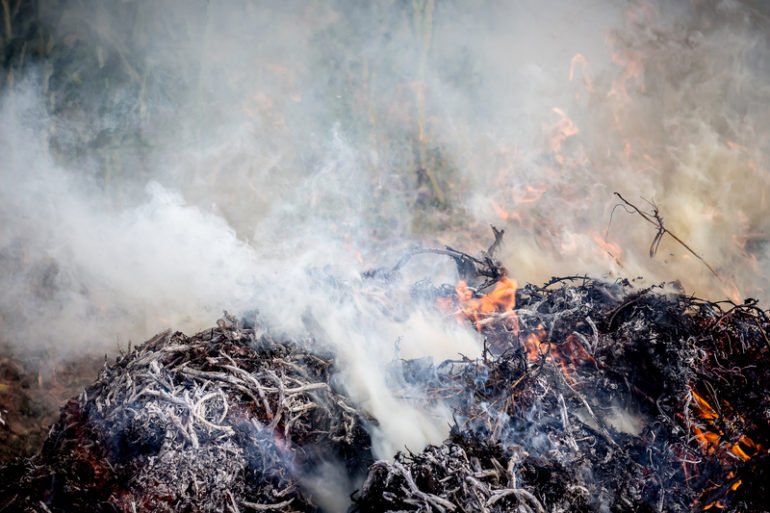By Frana Divich, Partner, Heaney & Partners.
The average landfill site has a 60 percent statistical risk of fire every year. We have recently seen a fire at a landfill site south of Whangarei and it reminded me of an interesting case from the 1980s, Hill versus Waimea County Council that explored a council’s liability for the escape of fire from its landfill.
On 31 January 1983 a house in Kaiteriteri was destroyed by a fire that started in a council-operated landfill. The fire consumed scrub and trees over a considerable portion of the township. The fire was a very serious event and it was described as “fortunate” that the damage was limited to the loss of one house.
The landfill was in a valley adjoining a hillside with a small subdivision on it that included the house that was lost. The landfill was actively used during holiday periods when the population of the community grew. Everyone recognised the risk of fire spreading from the landfill and the possibility of fire was very real to the council.
It was a fine hot Nelson Anniversary Day and there were lots of holidaymakers and visitors in the town. The landfill was not staffed on the public holiday. There was a south-westerly wind blowing with sufficient force to move the fire with considerable rapidity coupled with the heat of a summer’s day and dry conditions.
The fire at the landfill was reported around midday and it quickly spread to a number of pine trees and other growth and vegetation on the hillside and the plaintiff’s house, closest to the landfill, was consumed by fire.
One of the factual issues the court considered was criticism levelled at the plaintiff for his preference for “a more cluttered landscape from a gardening point of view”.
The argument made was that this landscaping presented a considerable fire risk. The court found that this was a very minor factor in the disaster.
The court had to consider three alternative causes of action – negligence, private nuisance and the Rylands v Fletcher principle (escape of fire).
The court found that the council had not operated the landfill in a negligent manner and there had been no case of a fire ever escaping from it before. However in the action in private nuisance the court found that the council was liable because it had allowed a state of “dangerous combustibility” to develop and that was something “at the heart of the nuisance”.
There was a foreseeable risk of the escape of fire onto adjoining land which could have been abated. On the action founded on the Rylands v Fletcher principle the court held that the accumulation of rubbish was not a natural use of the land (especially in view of its proximity to a residential population) and the council was found liable by virtue of the gradual but significant build-up of dangerous conditions.
Of course, flames are not the only landfill risk – landfill fires also release toxic pollutants into the surrounding air, water and soil that pose a risk to the environment and to human health.
Landfills can cause a nuisance to neighbours by releasing unpleasant odours; and who can forget the pictures of rubbish strewn along 300 kilometres of West Coast beaches when an old Westland landfill near a river eroded in extreme weather last year?
All these types of risk can translate into successful legal action against councils for the management of their landfill sites. LG



